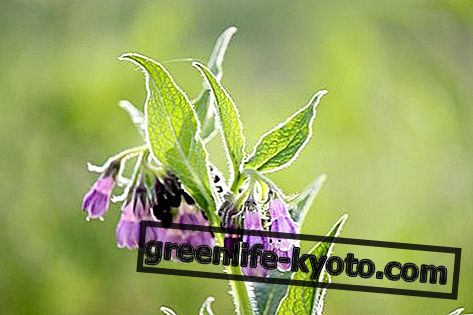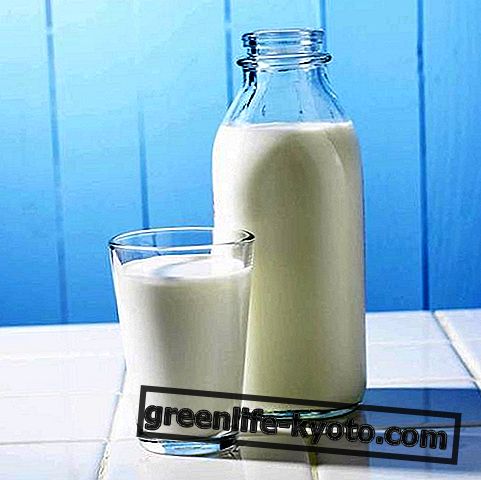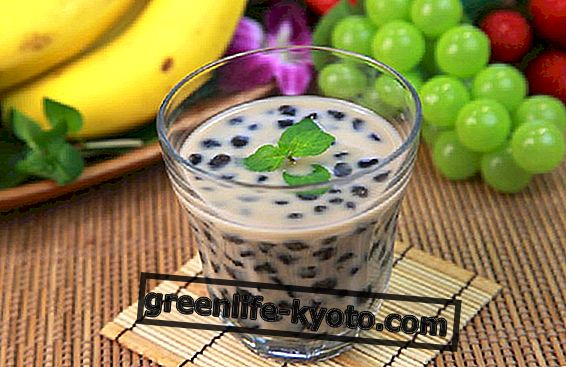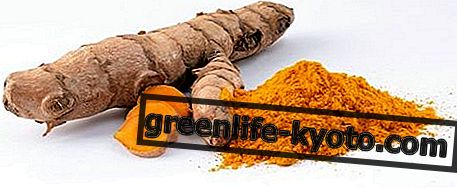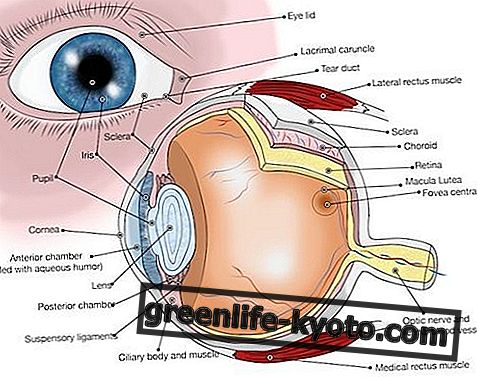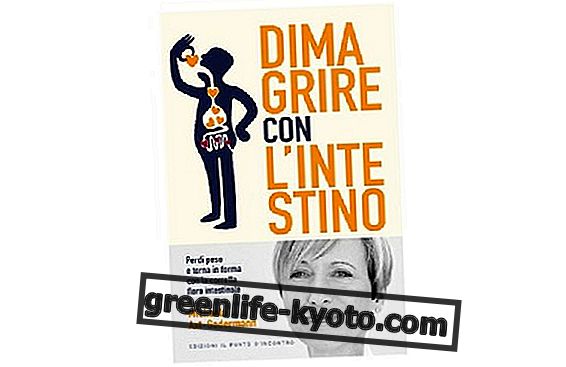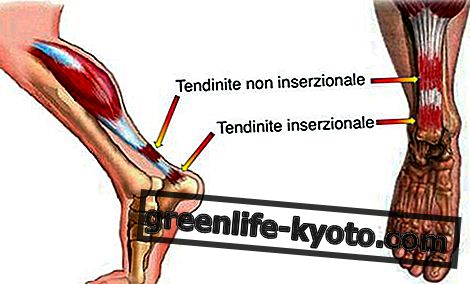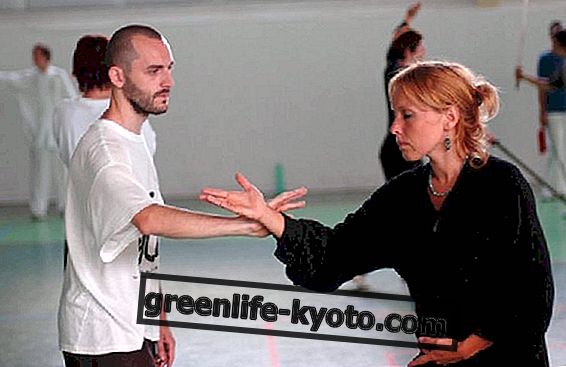
On the subject of oriental disciplines, it can happen to have in front of people who have worked for the martial arts for a thousand years and tries to convince others that his perception of energy is enhanced.
Here, a similar attitude already reveals a certain illusionism both artistic and martial. A sincere martial artist does not abandon the practice in solitary, does not enter into conflict with other disciplines and knows very well that the styles are also the fruit of the human need to catalog.
Not only: some question was asked about the tao and the becoming of the complementary energies ( yin / yang ), it was asked how much the practice and all the hours dedicated to it served on a daily reality level and at a certain point must necessarily have had to do with meditation, with entering oneself.
Obviously, these are not fixed parameters, but each of these factors, even taken separately, adds value to the research of the martial artist.
But beyond the techniques of punch and football, beyond the athletic preparation carried out individually, there is a practice that is useful for developing strength, sensitivity and listening.
This is the tui shou, also called pushing hands or pushing with the hands. In summary, the principles of the movement of energy take place by testing them together with the body of the other.
Tui shou: what is it?
Relating to each other in a continuous contact of hands and forearms, one experiences the rooting and the strength of the legs on the ground, without causing too much friction to fall on the vertebral column. The body absorbs and welcomes the thrusts and the way in which the forms of tai chi chuan are then radically changed.
It is a total listening and self-learning exercise and a continuous modification of the yin / yang balance . In a sense, therefore, the tui shou reminds us of life, resembles the alternation of complementary energies. It is no coincidence that whoever poses himself with rigidity ends up being uprooted.
Tui shou: technique and races
In many cases martial arts athletes find themselves participating in real tui shou competitions . Competition for many makes sense, since these are precise and codified thrusts, for others it makes no sense as this would be a practice of feeling .
In fact the technique can be broken down into 13 actions, divided into 5 steps and 8 techniques ( Ba Fa ): the steps are Jin ( advance), Tui ( recede), Gu (move to) right, Ban (move left), Ding (stand in the center). The main techniques are Peng (parare), Lu (absorb rotate), Ji (press), An (push or lean).
The other 4 are called secondary and it is Zhai (grasping and pulling down), Lie (division), Zhou (striking with the elbow), Kao (striking with the shoulder, knee or hip).
All these techniques can be found in a good practitioner and having experienced eyes, like those of the jury members, can be found in athletes.
Competitive tenders can take place in the various ways in which the tui shou can occur.
It can in fact be: Huang hua, stationary, both with one or two hands, Ding bu : stationary with two hands, Hua bu : single step (or even two or three steps) forward and backward, two hands, Da lu : two-handed movement with single step and in low position, Huangjiao bu : free execution, with two hands.
Needless to say, these modalities sometimes lead directly into experienced practitioners to the development of a respectful and didactic free fighting called San Shou.
Beyond the opinion regarding the meaning or not of the tui shou it must be said that a good practitioner can be called such only if there is a solid practice in this technique.





